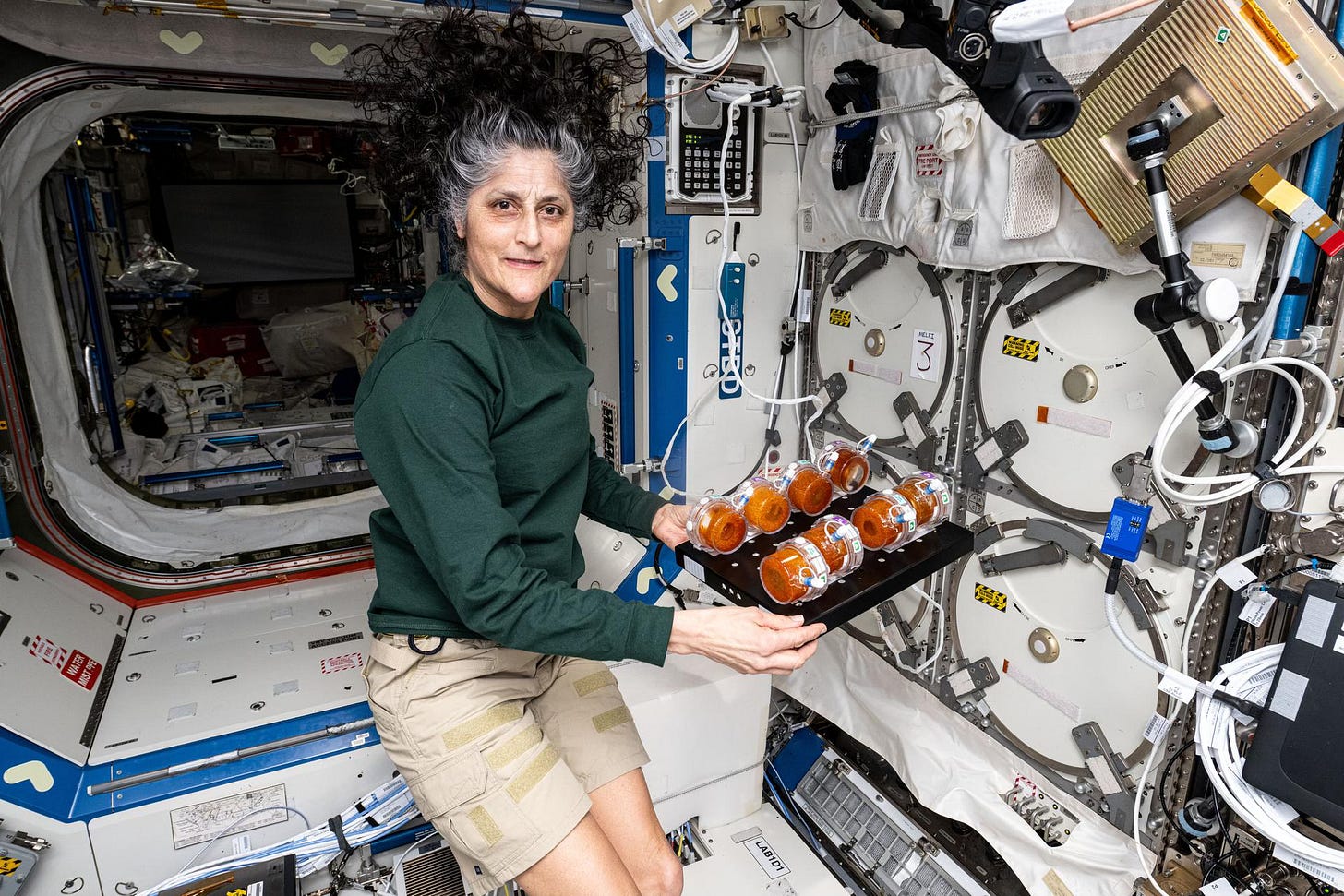Gardeners of the Galaxy Mission Report: 18 February 2025
Your weekly round-up of astrobotany news and adventure. This week we're looking at what’s happening on the ISS, China’s deep sea “space” station and more fossils that have been to space!
Hello, Gardeners of the Galaxy! Welcome to this week's Mission Report.
Keep reading with a 7-day free trial
Subscribe to Gardeners of the Galaxy Mission Report to keep reading this post and get 7 days of free access to the full post archives.




